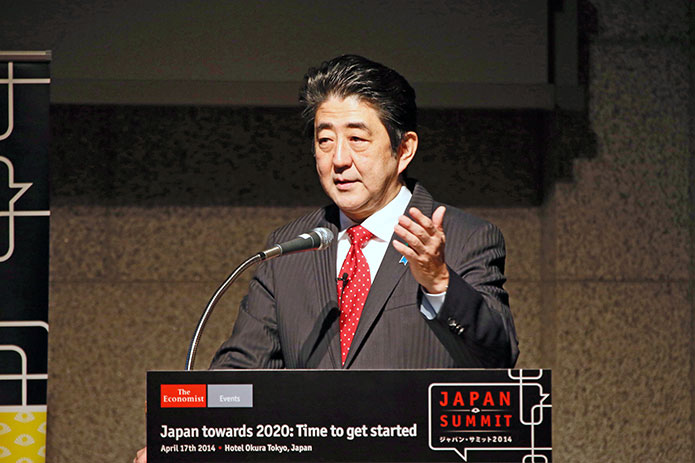After four consecutive quarters of contraction, Japan’s economy is slowly moving along the road to recovery. Industrial production bottomed out in February and, boosted by fiscal packages implemented around the world, inventory levels at manufacturers are higher than they were earlier in the year. This helped boost real GDP in the first half of fiscal 2009 (April to September) and, should industrial production forecasts by the Ministry of Economy, Trade and Industry be realised, real GDP growth can probably be expected in the final quarter of 2009.
Despite positive signs, economic growth is expected to level off during the first half of 2010 before beginning to climb, albeit modestly, in the second half of the year. But much depends on the extent of future global fiscal stimulus packages and the degree to which domestic demand recovers in the US, Europe and emerging markets.
The recent financial crisis is still having a major impact at the corporate level, particularly in developed nations, with firms being hampered by large excesses in the areas of labour and capacity. As these surpluses are reduced, it is likely that consumer demand in Japan, the US and Europe will experience a negative knock-on effect that will preclude self-sustained recovery in key markets. Thus, over the next 12 months, economic expansion in developed countries is seen remaining dependent on fiscal stimuli and growth in developing countries.
The impact of fiscal stimuli implemented by the Japanese government in 2009 is expected to wane in early 2010. As a result, public investment will probably make a large negative contribution to GDP growth in the first quarter of fiscal 2010. Current government tax incentives for the purchase of “green” cars and consumer appliances have supported increases in industrial production. However, these are scheduled to end in March, potentially leading to falls in industrial production and personal consumption, particularly in the April-June quarter. Industrial production, domestic demand, and overall real GDP are expected to remain static or decline moderately, quarter on quarter, in the first two quarters of next year.
Fiscal stimuli are, ultimately, emergency measures taken to stem the impact of rapid economic contractions. Ordinarily, these measures induce self-sustaining recovery, but what must be remembered is that the recent global recession was caused by the bursting of an unprecedented credit bubble.
After any bubble, balance sheets must be shrunk and other structural issues must be addressed before one can welcome the nirvana of self-sustaining economic growth, which is driven by consumer demand. Fiscal stimulus packages, such as those we are seeing currently, simply provide breathing space for essential restructuring. If they are abandoned before structural problems are fully resolved, the economy could plumb the depths of recession. Ironically, this would kick-start another merry-go-round of fiscal stimulation.
Further complicating the picture is the fact that each successive stimulus package tends to be less effective, serving to weaken a government’s fiscal condition. Japan’s economy in the 1990s is a classic example of this.
While the US and Europe should learn from Japan’s experience, economic structural adjustment is a long and painful process, and many countries have a tendency to try to downplay the extent of the challenges they face, thereby making it even more difficult to emerge from crisis.
The ideal solution to the dilemma currently facing developed countries would be for rapidly developing nations — which have largely escaped the pain of structural problems caused by the credit bubble implosion — to maintain high growth, thereby supporting demand in developed countries and obviating the need for further fiscal stimulus. The rapidly developing markets in Asia appear particularly suited to take on this role. Were they to do so, there would be a significantly greater probability of stable global economic growth in 2011.





